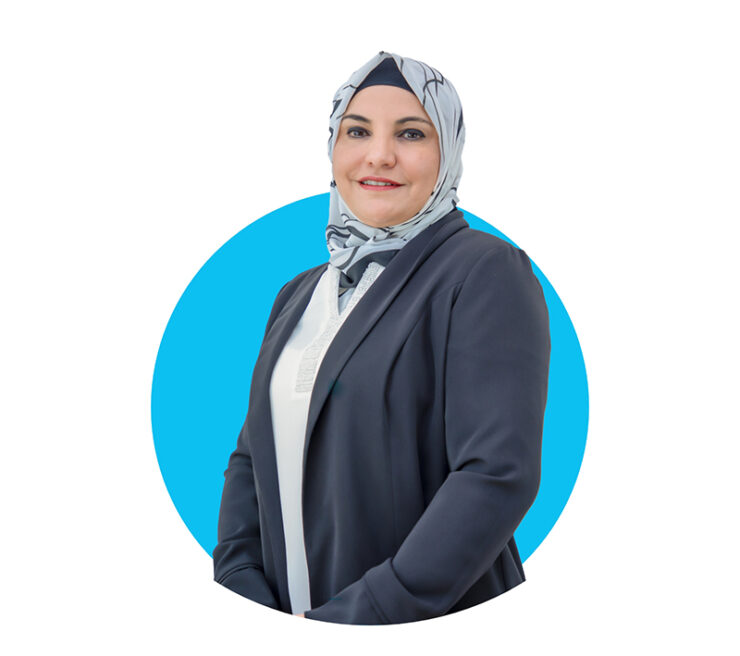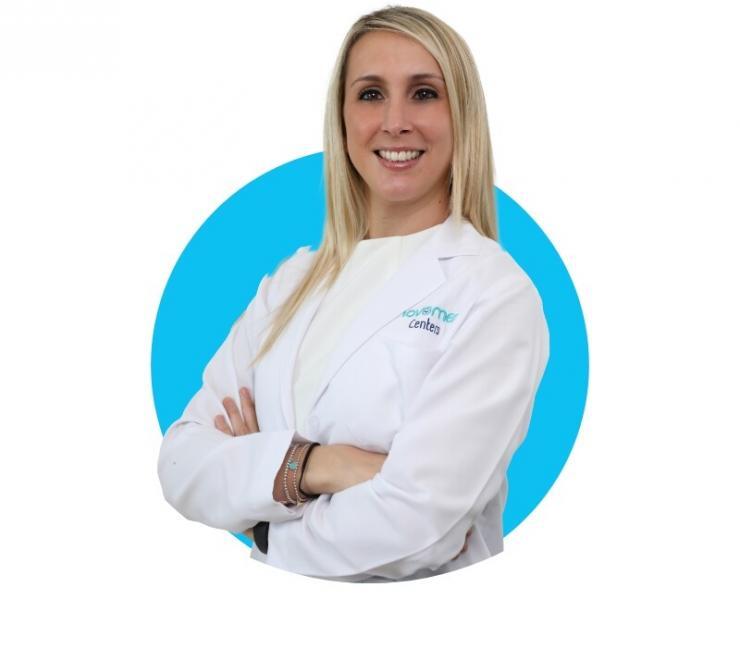Body Lift Surgery after Massive Weight Loss
After losing a massive amount of weight, you tend to have excess skin in various parts of your body. This is due to permanent damage to the elasticity of these tissues. This loose skin can be treated through body-contouring procedures. Excess fat and baggy skin will be removed so as to improve the shape of the underlying tissues. We have plastic surgeons who specifically specialize in this type of surgery. To read more about why it’s vital to choose a surgeon who specializes in this procedure, please read this article.
Indications and Contraindications
For body-contouring procedures to be fully successful, your weight should have stabilized for at least a year, and you should be in good health with no medical conditions. You should be eating a healthy diet and, if relevant, you should stop smoking at least six weeks prior to the surgery.
Preparation for the surgery
Prior to the surgery, your surgeon will discuss the procedure with you, including the risks and outcomes, your medical conditions, drug allergies, current medications, and use of alcohol, tobacco and drugs. Your surgeon will also evaluate your health and any risks or existing conditions. He or she will also take photos of your body for your medical records.
Surgery
There are several types of body-contouring procedures, and your surgeries will identify which areas of the body need to be treated. These surgeries are performed under general anesthesia. The most common areas of the body to be treated are:
- Abdomen: “A tummy tuck” involves removing excess skin and tightening the underlying abdominal muscles. An incision is made above the pubic region and overhanging skin and tissues below the belly button are removed. This helps the abdominal muscles to tighten.
- Buttocks and upper thighs – A “body lift” is performed to remove skin and lift the buttocks and thigh area. This could be done at the same time as a tummy tuck.
- Thighs – A “medial thigh lift” removes excess skin, with the incision made along the inner thigh.
- Breasts – Procedures include a breast lift (with or without implants) or breast reduction. The excess breast skin is removed by making an incision vertically down the center of the breast or underneath it.
- Arms – A brachioplasty removes excess skin in the arms, with the incision at the armpit, extending to the elbow.
- Face and Neck – A facelift removes excess skin through an incision made at the temples (hairline) and extending to the lower scalp.
A combination of procedures can be performed at one time as long as your surgeon feels it is safe for you. For example, an upper body lift is a combination of surgeries for the arms, back and breasts while a lower body lift concentrates on the hips, thighs, abdomen and buttocks.
After the operation, dressing and bandaging is done for your incisions, a thin drainage tube may be positioned under your skin to remove excess blood. You may have to stay overnight or longer depending on the procedure. Your daily activities could be restricted until complete recovery. You will be advised not to lift any heavy weights and to avoid some forms of exercise, although walking is recommended. Scars may remain, but the overall results will last if you maintain a stable weight and good health.
Possible risks associated with body contouring include infections, scarring, bleeding, numbness at the site of the incision, fluid accumulation, and skin loss. Other risks are anesthesia risks, asymmetry, persistent pain, recurrent looseness of skin, skin discoloration and prolonged swelling.
The cost of body lift surgery depends on the anatomy and on the required surgeries.
Before and Afters



